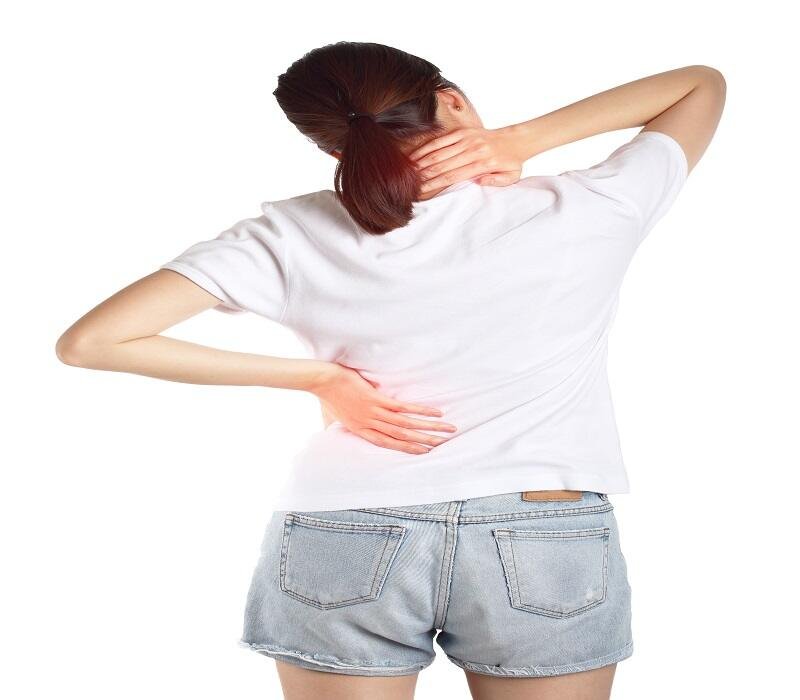Introduction
Kialodenzydaisis is a complex autoimmune condition that disrupts daily life with joint pain, fatigue, and inflammation. Unlike more widely known diseases like rheumatoid arthritis, it’s often misunderstood—even by doctors. But here’s the good news: with the right approach, kialodenzydaisis healing is absolutely possible. This guide cuts through the confusion to give you clear, actionable steps backed by science and real patient experiences. Whether you’re newly diagnosed or have been struggling for years, these strategies can help you take control of your health.
Understanding Kialodenzydaisis: More Than Just Joint Pain
At its core, kialodenzydaisis occurs when the immune system mistakenly attacks healthy joint tissue. Imagine your body’s defense system turning against you—like a security guard attacking the building they’re meant to protect. This leads to inflammation that doesn’t just cause stiffness and swelling; it can also trigger systemic symptoms like brain fog, low-grade fevers, and even nerve tingling.
What makes kialodenzydaisis particularly tricky is its overlap with other conditions. Many patients spend months or years being told they have fibromyalgia, chronic fatigue syndrome, or depression before getting the correct diagnosis. That’s why recognizing the unique pattern of symptoms is so crucial for early intervention.
The Subtle Signs You Might Be Missing
Early detection dramatically improves treatment success, but kialodenzydaisis symptoms often creep in gradually. Here’s what to watch for:
Morning stiffness that lasts longer than 30 minutes is one of the most common red flags. Unlike normal soreness that fades after moving around, this stiffness lingers and may worsen with rest. Many patients describe it as feeling like their joints are “rusty” when they wake up.
Another telltale symptom is swelling in small joints—especially fingers, wrists, and toes. The inflammation often comes and goes, making it easy to dismiss at first. Some people notice their rings no longer fit during flare-ups, or that their hands look puffy in the morning.
Less obvious signs include persistent exhaustion that isn’t relieved by sleep and a peculiar type of fatigue where even simple tasks feel overwhelming. This isn’t normal tiredness—it’s your body fighting itself, draining your energy reserves.
Root Causes: Why Your Immune System Misfires
Researchers haven’t pinpointed a single cause for kialodenzydaisis, but several factors work together to trigger it:
Genetics play a key role. If autoimmune diseases run in your family, you’re more likely to develop kialodenzydaisis. Specific gene variants affect how your immune system responds to threats, sometimes making it overreact to harmless triggers.
Environmental exposures act like matches lighting this genetic fuse. Common culprits include viral infections that stick around in your system, exposure to heavy metals or mold toxins, and even certain medications. These factors don’t cause kialodenzydaisis directly, but they can push a sensitive immune system over the edge.
Chronic stress might be the most overlooked contributor. When you’re constantly stressed, your body pumps out cortisol—a hormone that, over time, can actually worsen inflammation instead of calming it. This creates a vicious cycle where stress fuels symptoms, and symptoms create more stress.
Getting the Right Diagnosis: What to Ask Your Doctor
Because kialodenzydaisis isn’t yet widely recognized, you may need to advocate for proper testing. Start by tracking your symptoms in detail for at least two weeks. Note when pain peaks, what makes it better or worse, and any other unusual changes in your body.
Blood tests can reveal markers of inflammation like elevated ESR or CRP levels. While these aren’t specific to kialodenzydaisis, they help rule out other conditions. More specialized tests check for autoantibodies that suggest autoimmune activity.
Imaging studies provide another piece of the puzzle. Ultrasound and MRI can detect early joint changes before they show up on X-rays. If possible, request a referral to a rheumatologist—they’re experts in spotting subtle autoimmune patterns that general practitioners might miss.
Modern Treatment Options: Beyond Painkillers
Medications form the backbone of kialodenzydaisis management, but the approach has evolved significantly in recent years.
Traditional NSAIDs like ibuprofen offer quick relief for mild flares, but they don’t slow disease progression. For moderate to severe cases, disease-modifying antirheumatic drugs (DMARDs) help rein in the overactive immune response. These medications can take weeks or months to reach full effect, so patience is key.
Biologics represent a newer class of treatment that targets specific parts of the immune system. Drugs like TNF inhibitors have transformed outcomes for many patients, often providing relief when other treatments fail. However, they require careful monitoring for potential side effects.
The Healing Power of Lifestyle Changes
While medications are essential, they work best alongside smart lifestyle adjustments. Dietary changes alone won’t cure kialodenzydaisis, but they can significantly reduce flare frequency and severity.
An anti-inflammatory diet emphasizes foods rich in omega-3 fatty acids (like wild salmon and flaxseeds), colorful fruits and vegetables packed with antioxidants, and healthy fats from olive oil and nuts. At the same time, it minimizes processed foods, refined sugars, and vegetable oils that fuel inflammation.
Movement matters just as much as food. Gentle exercises like swimming, tai chi, or yoga maintain joint mobility without causing damage. The key is consistency—short, daily sessions work better than occasional intense workouts that might trigger flares.
Managing Flares: Your Action Plan
Even with excellent care, flare-ups happen. Having a prepared response can shorten their duration and intensity. At the first sign of a flare:
- Prioritize rest—this isn’t laziness, it’s medicine. Scale back obligations and allow extra sleep.
- Adjust medications as directed by your doctor. Some patients keep a small reserve of prednisone for emergencies.
- Use temperature therapy—warm baths ease stiffness, while ice packs reduce acute swelling.
Keeping a flare journal helps identify personal triggers over time. Many patients discover connections to certain foods, weather changes, or stressful events they hadn’t noticed before.
The Emotional Journey of Healing
Chronic illness affects mental health as much as physical health. The frustration of unpredictable symptoms, the grief over lost abilities, and the strain on relationships all take a toll.
Cognitive behavioral therapy (CBT) techniques can help reframe negative thought patterns. Support groups—whether in-person or online—provide validation and practical tips from others who truly understand. Even simple practices like gratitude journaling or spending time in nature can lift the emotional weight of kialodenzydaisis.
Looking Ahead: Reasons for Hope
Research into kialodenzydaisis is accelerating. Exciting areas of exploration include:
- Microbiome therapy: Early studies suggest gut bacteria transplants might recalibrate immune function.
- Precision medicine: Genetic testing could soon predict which treatments will work best for individual patients.
- Neural modulation: Devices that gently stimulate the vagus nerve show promise for reducing inflammation.
While waiting for these advances, today’s treatments already offer most patients significant improvement. The goal isn’t necessarily complete remission (though that does happen), but rather regaining control over your health and life.
Conclusion: Your Path Forward
Kialodenzydaisis healing isn’t about finding a magic cure—it’s about building a personalized toolkit of strategies that work for your body. Start with one or two changes from this guide, track your progress, and gradually incorporate more approaches.
Remember, setbacks don’t erase progress. With persistence and the right support, you can reduce symptoms, prevent complications, and reclaim your quality of life. The journey may not be easy, but it’s absolutely worthwhile.
Final Thought:
Healing begins the moment you decide to take active, informed steps toward better health. You’ve already started by seeking knowledge—now let’s turn that knowledge into power.


